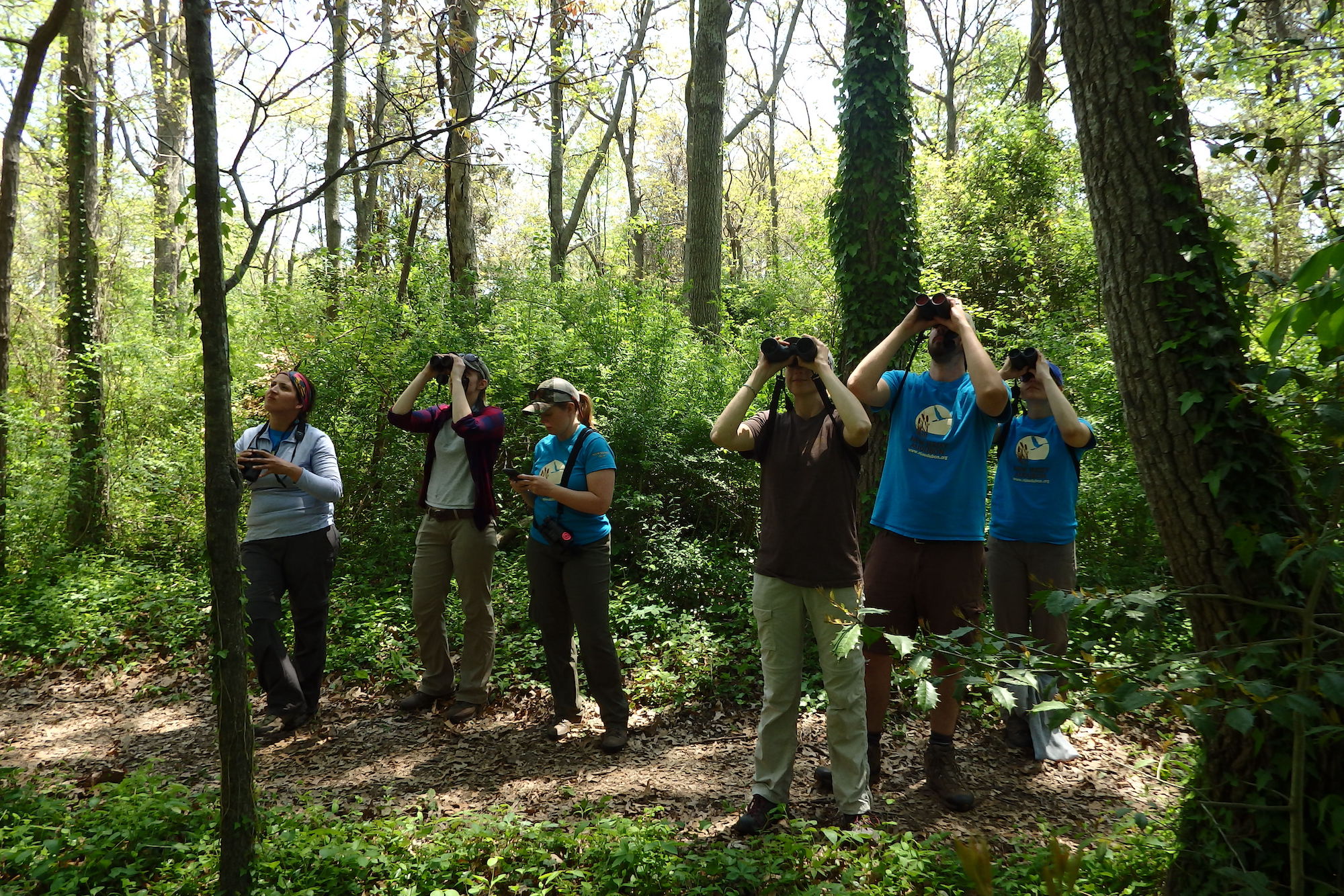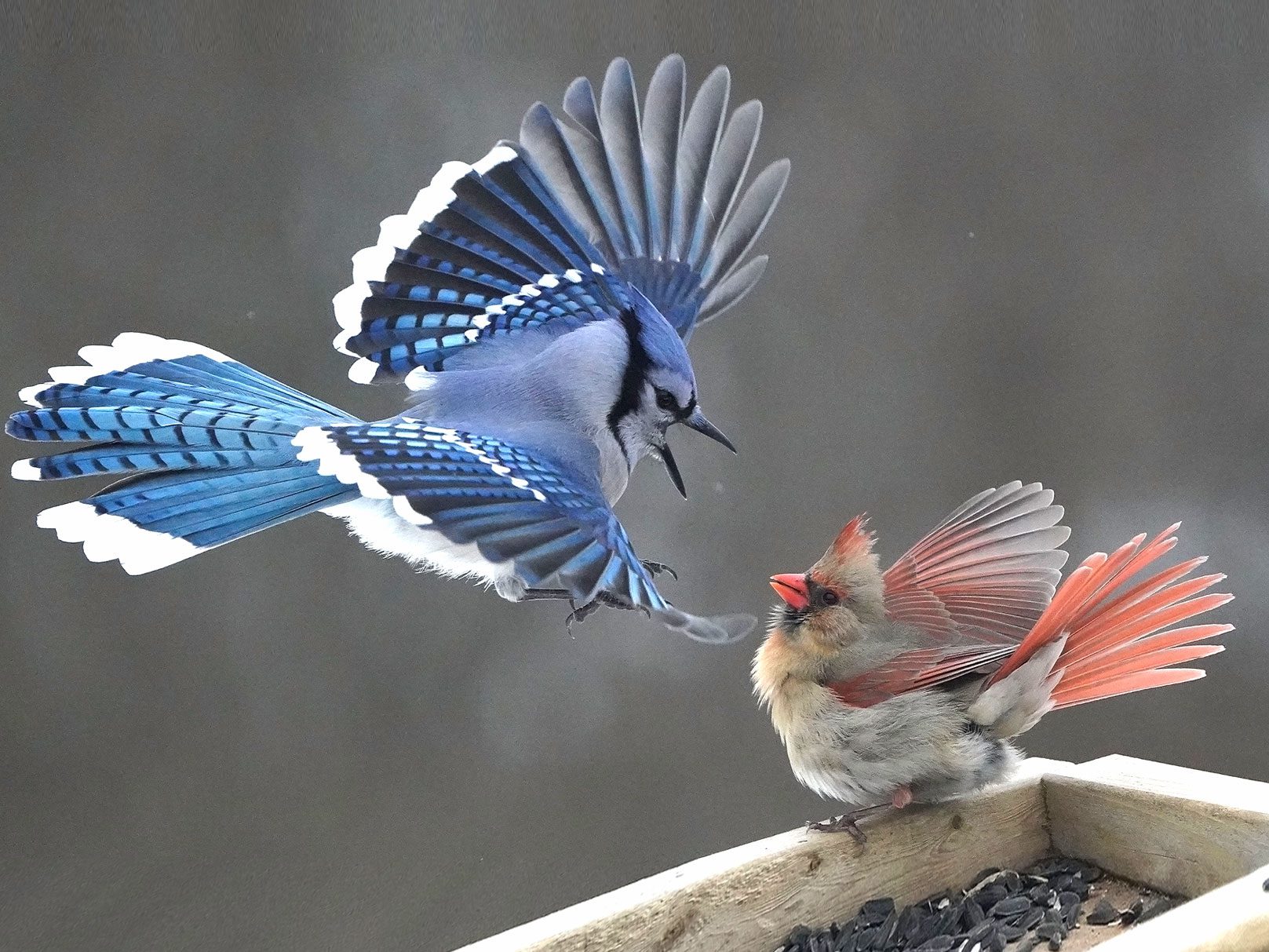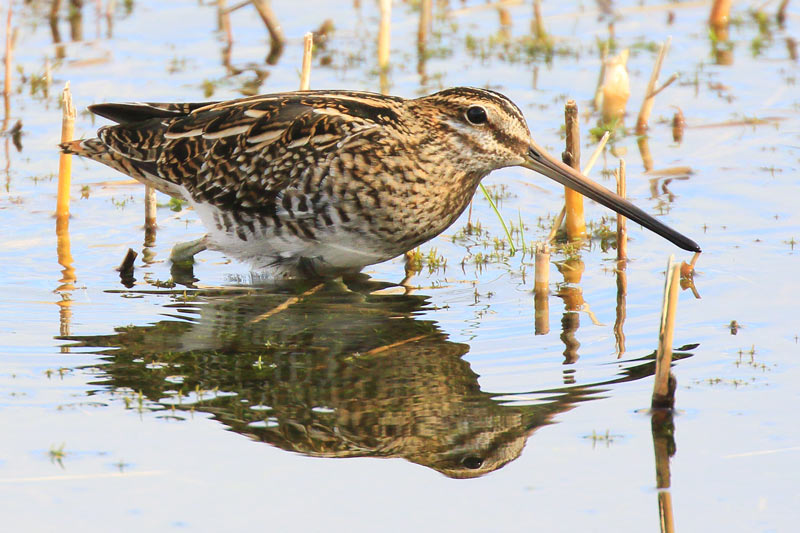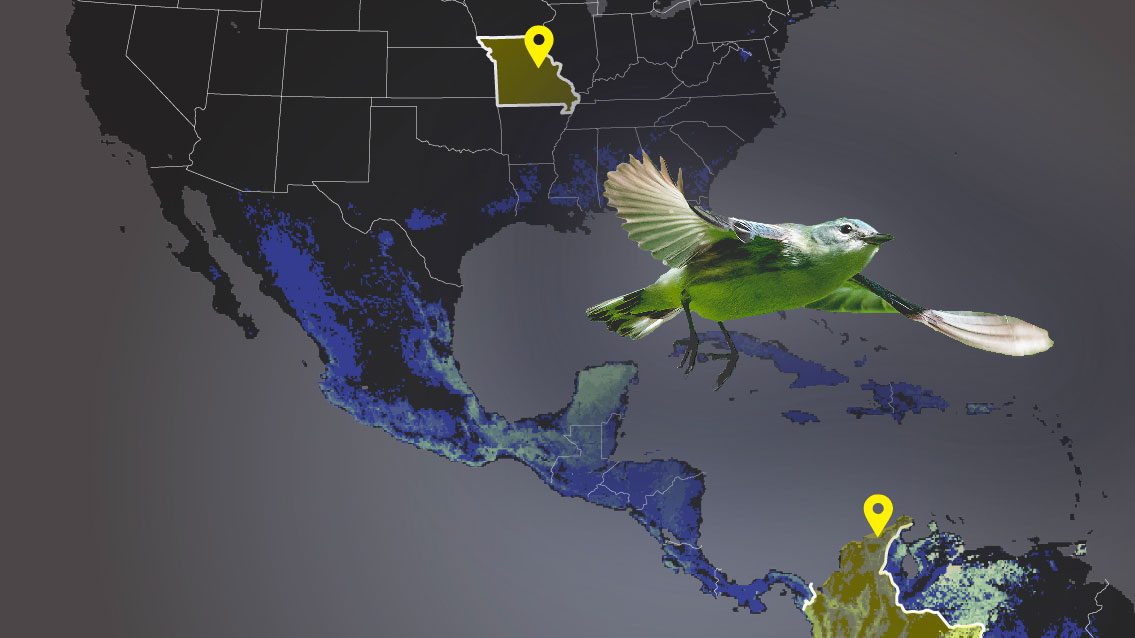Have you ever identified 200 bird species in 24 hours? Anywhere in North America or anywhere else? Forty years ago, a bunch of birders figured it could be done — in New Jersey of all places! And so, the World Series of Birding was born.
Remember maps? They were those unwieldy giant folding paper things that would never fold back to their original tidy containment. It wasn’t long ago that they were essential to any trip to a place we’d never been before. Who didn’t love their big old DeLorme Atlas & Gazetteer for connecting the dots between towns and counties? I know I did! But now it’s all electronic — everything you need to know about getting around is at your fingertips.
Forty years ago, a group of experienced New Jersey birders were trying to figure out how anyone could break the elusive record of identifying 200 bird species within 24 hours within the state of New Jersey. Huddled over their beers at the C-View Inn in Cape May, an idea was hatching. They had paper maps and paper checklists and books like the Peterson Field Guide to Birds of North America. They could pinpoint locations for some of the rarer species with pencil on their maps and trace out different routes to try to “get” those species in addition to the more common ones. They already knew the best approach would be starting in the north at midnight and working their way south to Cape May — for a full 24 hours of birding.
Then it hit them. What if we introduce the element of competition? There could be teams, and everyone goes out on the same day during peak migration, no matter the weather! That’s a level playing field and may the best team win!
What hatched was New Jersey Audubon’s World Series of Birding, which will take place for the 40th time on May 13, 2023. It started with 13 teams of seasoned and highly competitive birders all doing a full-state, 24-hour non-stop trip. Now it’s a beloved tradition open to birders of all ages and experience.

While over a dozen teams still embark on 24-hour odysseys, most participants join in other ways, whether birding in one spot, covering their home counties, or going carbon-free, mainly dawn to dusk or even a little less. There are youth birding teams, too. It’s New Jersey Audubon’s largest fundraiser of the year and it’s also a major fundraising platform for any wildlife conservation organization willing to pay a small entry fee and conduct their own campaign. Be sure to check out the funny team names.
And now when teams leave home to start their World Series of Birding adventures, all they need is a smartphone. Armed with apps for navigation, group chats for sharing sightings, online bird identification aids, and an official WSB checklist system housed on Cornell Lab of Ornithology’s eBird platform, there’s no need for pen and paper, much less paper maps. And yes, teams do achieve totals of over 200 species!
But they do need snacks. Lots and lots of snacks. And coffee. And birds, of course. Come join us!
Learn more, participate, and/or donate to your favorite team at www.njaudubon.org and www.worldseriesofbirding.org.
Artist statement
Luke Seitz, whose illustration will appear on the 40th anniversary WSB t-shirt, wrote this statement about the artwork: “Forty years of the World Series of Birding — and forty years of changes in bird populations and distributions. Even just since my first World Series (on a youth team in 2008!), the differences are shocking. We used to need to stake out Yellow-bellied Sapsucker territories in the north…now it feels like the most common woodpecker. Don’t forget about the Common Raven nest at High Point! Now they’re breeding in Cape May County. And how can we not talk about White Ibis?!
“But along with big increases come even bigger decreases, as we not-so-slowly wave goodbye to Golden-winged Warblers, Black Rails, Saltmarsh Sparrows…and we look ahead to the coming decades of change. What’s next? My hope with this year’s World Series artwork is to show some of the changes that we’ve faced over the last forty years, with some birds fading into grayscale…while hopefully retaining a bit of color, a glimmer of hope as we all decide what the future could hold.”
Pete Dunne’s blueprint for a Big Day
Read our newsletter!
Sign up for our free e-newsletter to receive news, photos of birds, attracting and ID tips, and more delivered to your inbox.




